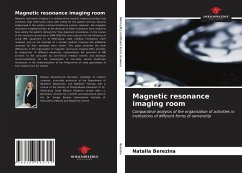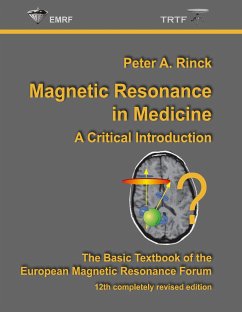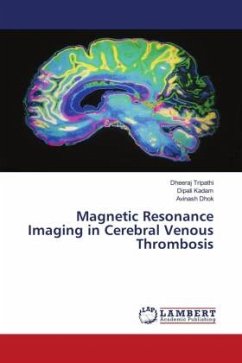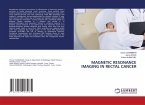Magnetic resonance imaging is a radiation-free medical imaging technique that combines high informative value with safety for the patient and has become widespread in the modern national healthcare system. However, the magnetic resonance imaging facilities at the disposal of State institutions were unable to fully satisfy the public's demand for free diagnostic procedures. In the course of the research carried out in 2006-2008 the main reasons for low efficiency of using MRI equipment in St.-Petersburg state medical institutions were revealed, and on the example of a private medical company the additional reserves for their operation were shown. This paper presents the main differences in the organization of magnetic resonance imaging office activities by enterprises of different ownership, substantiates the provision of MRI services to the consumer by commercial medical centres and develops recommendations for the involvement of non-state owned healthcare institutions in the implementation of the Programme of state guarantees of free medical care for citizens.
Magnetic resonance imaging is a radiation-free medical imaging technique that combines high informative value with safety for the patient and has become widespread in the modern national healthcare system. However, the magnetic resonance imaging facilities at the disposal of State institutions were unable to fully satisfy the public's demand for free diagnostic procedures. In the course of the research carried out in 2006-2008 the main reasons for low efficiency of using MRI equipment in St.-Petersburg state medical institutions were revealed, and on the example of a private medical company the additional reserves for their operation were shown. This paper presents the main differences in the organization of magnetic resonance imaging office activities by enterprises of different ownership, substantiates the provision of MRI services to the consumer by commercial medical centres and develops recommendations for the involvement of non-state owned healthcare institutions in the implementation of the Programme of state guarantees of free medical care for citizens.
Magnetic resonance imaging is a radiation-free medical imaging technique that combines high informative value with safety for the patient and has become widespread in the modern national healthcare system. However, the magnetic resonance imaging facilities at the disposal of State institutions were unable to fully satisfy the public's demand for free diagnostic procedures. In the course of the research carried out in 2006-2008 the main reasons for low efficiency of using MRI equipment in St.-Petersburg state medical institutions were revealed, and on the example of a private medical company the additional reserves for their operation were shown. This paper presents the main differences in the organization of magnetic resonance imaging office activities by enterprises of different ownership, substantiates the provision of MRI services to the consumer by commercial medical centres and develops recommendations for the involvement of non-state owned healthcare institutions in the implementation of the Programme of state guarantees of free medical care for citizens.








